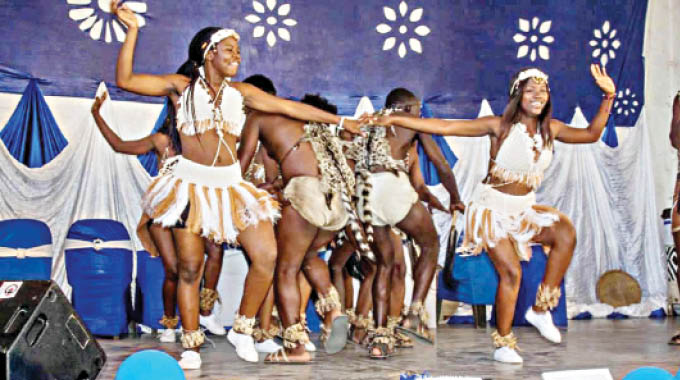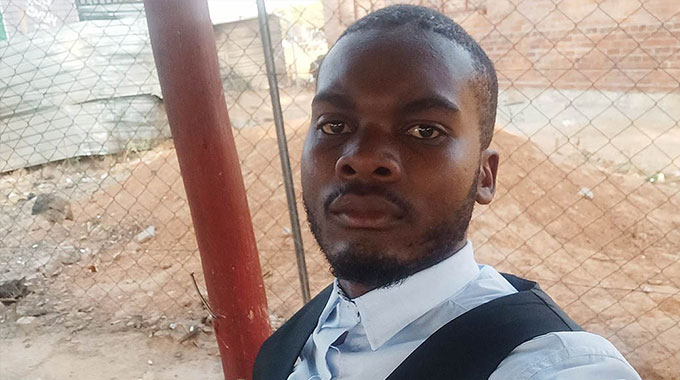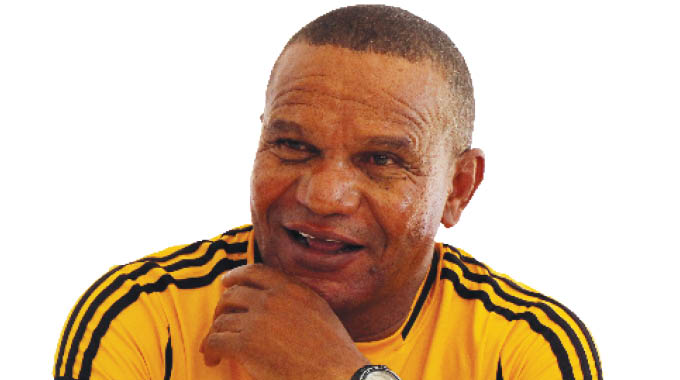Bolamba, Ezimnyama dance piece showcases Zim culture

Bongani Ndlovu, Showbiz Correspondent
THE African Rituals dance piece, a collaboration between Ezimnyama and Bolamba showcased the diversity of Zimbabwean culture when celebrating or mourning.
The dance piece at the Bulawayo Theatre was the main feature during the opening ceremony of the Intwasa Arts Festival koBulawayo on Tuesday evening. It was performed in front of a near capacity crowd which included the Minister of State for Bulawayo Metropolitan Province, Judith Ncube and PSL chairman, Kennedy Ndebele.
The dance took people to different parts of Zimbabwe such as Chipinge, Gwanda South where the Sotho people live, Matabeleland North and Mashonaland East.
The story began with two men courting a woman. They performed the Khoi-San dance Tsutsube in order to coax her to choose who she wanted. They went on to do the Setapa dance to try and impress the woman.
The dance off between the two gentlemen ended with the lady choosing one. The story continued with the lobola ceremony.
To celebrate this, the Tsutsube dance was brought back and eventually the couple moved into a hut structure on stage.
As Zimbabwe has diverse cultures, the Jerusarema/Mbende dance was brought to the fore. It livened up the auditorium and the dancers were energetic. This dance is popular in the Murewa and Uzumba-Maramba-Pfungwe districts of north-eastern Zimbabwe. It is characterised by sensual and acrobatic movements by women in unison with men, driven by a single poly-rhythmic drummer. Men will be playing woodblock clappers and women clapping hands, yelling and blowing whistles.
It was depicting what was happening in the hut as after the dance routine ended, there was a wail of a baby signalling that a new life had been born from the union.
In order to celebrate this, the Tsutsube was brought back. However, not everyone was happy for the couple as the jilted man at the beginning of the story returned with a witch (umthakathi) to bewitch the couple. A dance Isitshikitsha was used here. Unfortunately, the couple’s bundle of joy fell ill because of this bewitchment. They tried to seek help from another traditional healer who summoned her ancestors using the iNtshomane, which is an ancestral worship dance. It is performed in the Matabeleland North province mostly.
The child was healed, but the process was not complete as the traditional healer instructed the couple to leave the child in the open, a process used so that they could catch the culprit. The jilted man fell for the trap and tried to steal the baby but was caught by the spirits sent by the traditional healer.
To celebrate this victory, the Muchongoyo dance was introduced.
Popular in Chipinge, Chiredzi and Buhera, it is basically a war dance performed to instil discipline into warriors before a battle and to celebrate victory after the war.
Instead of seeking retribution, the father of the healed child forgave his rival and everyone celebrated through Setapa, marking the end of the show.












Comments